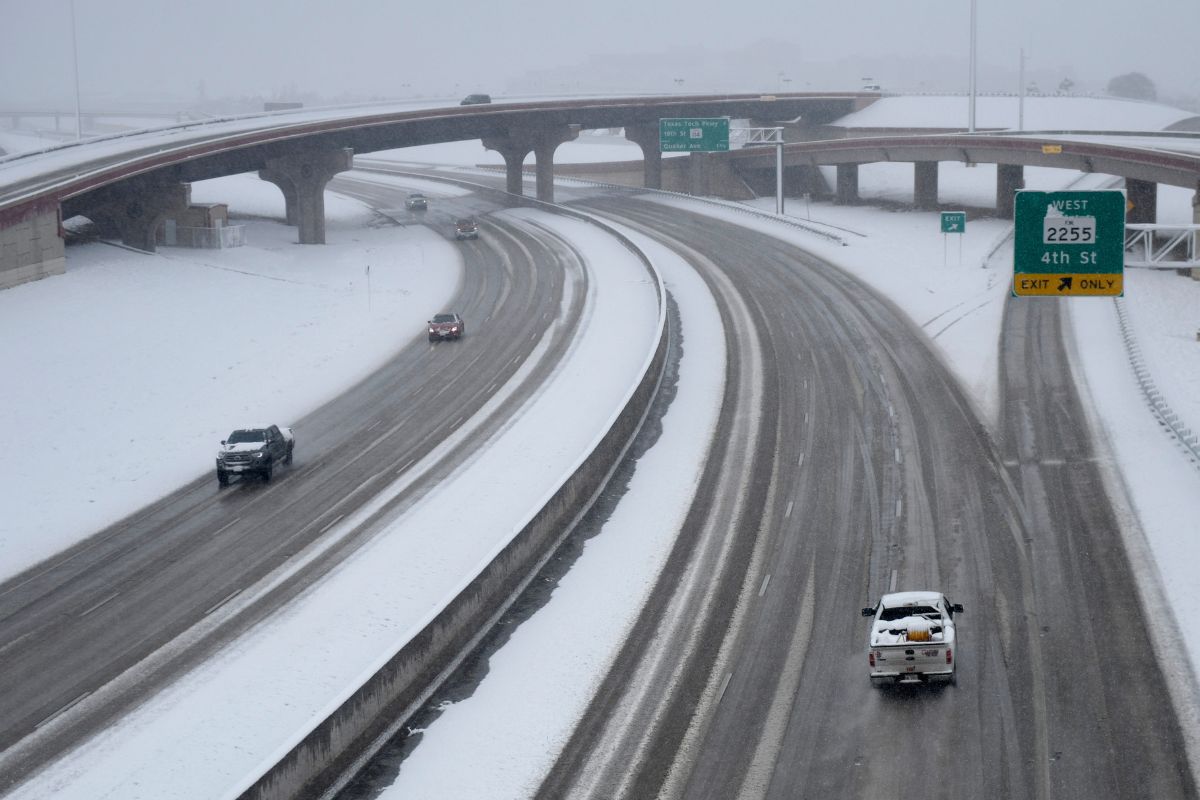
Lubbock weather can be quite the rollercoaster! Known for its unpredictable nature, this Texan city experiences everything from scorching summers to chilly winters. Did you know that Lubbock holds the record for the most extreme temperature swing in a single day in Texas? One moment you might be basking in the sun, the next you could be reaching for a jacket. Thunderstorms are a common occurrence, often bringing much-needed rain to the area. Dust storms, or "haboobs," can also sweep through, turning the sky a dramatic shade of brown. Understanding Lubbock's weather patterns can help you better prepare for whatever Mother Nature throws your way. Ready to learn more? Let's dive into 20 fascinating facts about Lubbock's ever-changing climate!
Lubbock's Climate Overview
Lubbock, Texas, is known for its unique weather patterns. Located in the South Plains, it experiences a semi-arid climate. This means hot summers, mild winters, and unpredictable weather changes.
-
Semi-Arid Climate: Lubbock's climate is classified as semi-arid, characterized by low humidity and limited rainfall.
-
Hot Summers: Summers in Lubbock can be scorching, with temperatures often exceeding 100°F (38°C).
-
Mild Winters: Winters are generally mild, with average temperatures ranging from 30°F to 60°F (-1°C to 15°C).
Rainfall and Precipitation
Rainfall in Lubbock is a topic of interest due to its variability. The city doesn't receive as much rain as other parts of Texas, but when it does, it can be quite dramatic.
-
Annual Rainfall: Lubbock receives about 19 inches (48 cm) of rain annually, which is relatively low compared to the national average.
-
Thunderstorms: Thunderstorms are common, especially in late spring and early summer, often bringing heavy rain and hail.
-
Flash Floods: Due to the flat terrain, flash floods can occur quickly during heavy downpours.
Wind and Tornadoes
Wind is a significant factor in Lubbock's weather, contributing to its reputation for being a windy city. Tornadoes are also a concern, given its location in Tornado Alley.
-
Windy Conditions: Lubbock is known for its strong winds, with average speeds around 12 mph (19 km/h).
-
Tornado Alley: Situated in Tornado Alley, Lubbock experiences tornadoes, particularly in the spring and early summer.
-
Historic Tornado: The 1970 Lubbock tornado was one of the deadliest in Texas history, causing significant damage and loss of life.
Temperature Extremes
Lubbock's temperatures can swing dramatically, making it essential to be prepared for sudden changes.
-
Record High: The highest recorded temperature in Lubbock was 114°F (46°C) on June 27, 1994.
-
Record Low: The lowest recorded temperature was -17°F (-27°C) on February 8, 1933.
-
Temperature Swings: It's not uncommon for temperatures to vary by 30°F (17°C) or more within a single day.
Snow and Ice
Snow and ice are less common in Lubbock but can still make an appearance, especially during winter months.
-
Snowfall: Lubbock averages about 8 inches (20 cm) of snow per year.
-
Ice Storms: Ice storms can occur, leading to hazardous driving conditions and power outages.
-
White Christmas: A white Christmas is rare, but not impossible, with occasional snowfalls in December.
Droughts and Dust Storms
Droughts and dust storms are part of life in Lubbock, influenced by its semi-arid climate and agricultural surroundings.
-
Drought Conditions: Droughts are common, affecting water supply and agriculture.
-
Dust Storms: Dust storms, or "haboobs," can reduce visibility and create hazardous conditions.
-
Red Dust: The red dust from the surrounding plains can cover everything, creating a unique, albeit messy, landscape.
Unique Weather Phenomena
Lubbock's weather isn't just about extremes; it also has some unique phenomena that make it interesting.
-
Blue Norther: A "Blue Norther" is a fast-moving cold front that can drop temperatures rapidly, often accompanied by clear blue skies.
-
Virga: Virga, or rain that evaporates before reaching the ground, is a common sight, creating beautiful streaks in the sky.
Final Thoughts on Lubbock Weather
Lubbock weather is anything but predictable. From scorching summers to sudden snowstorms, this Texas city keeps residents on their toes. Temperature swings can be dramatic, with a single day experiencing both sun and snow. Wind speeds often reach impressive levels, making it a windy city. Rainfall is sparse, leading to frequent droughts, but when it rains, it can pour. Tornadoes are a real threat, especially during spring. Dust storms are common, thanks to the flat terrain and dry conditions. Despite these challenges, Lubbock's unique climate offers stunning sunsets and clear night skies. Understanding these weather patterns helps residents prepare for the unexpected. Whether you're a local or just visiting, knowing these facts can make your time in Lubbock more enjoyable. Stay prepared, stay safe, and enjoy the ever-changing skies of this fascinating city.
Was this page helpful?
Our commitment to delivering trustworthy and engaging content is at the heart of what we do. Each fact on our site is contributed by real users like you, bringing a wealth of diverse insights and information. To ensure the highest standards of accuracy and reliability, our dedicated editors meticulously review each submission. This process guarantees that the facts we share are not only fascinating but also credible. Trust in our commitment to quality and authenticity as you explore and learn with us.
